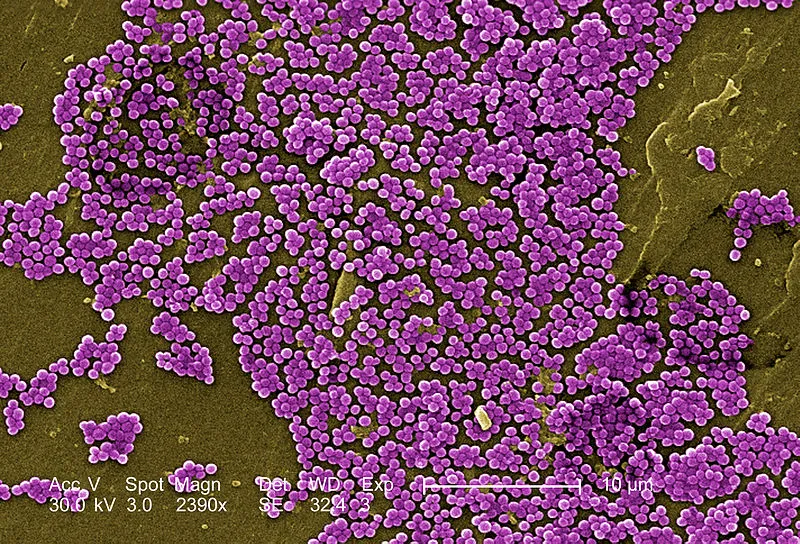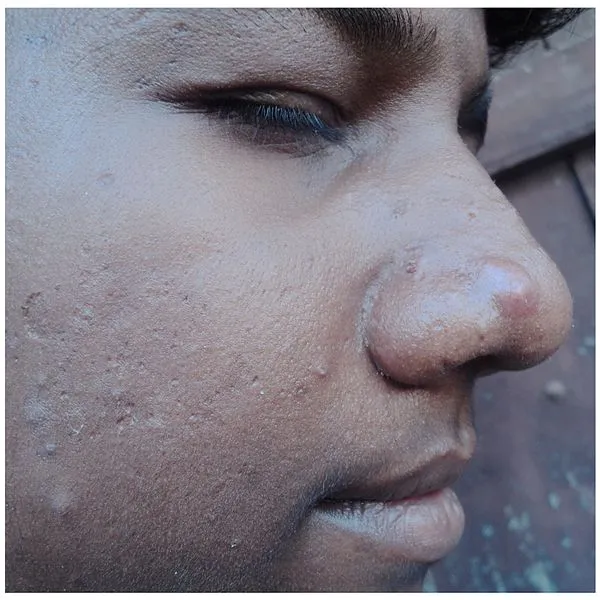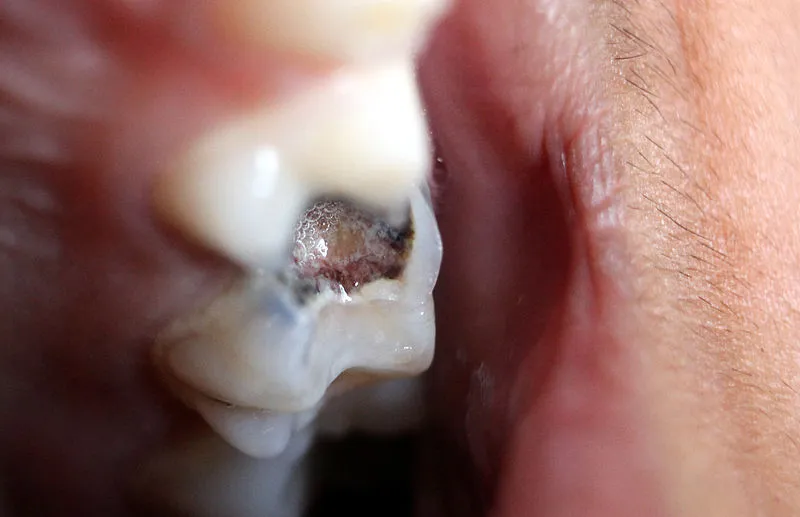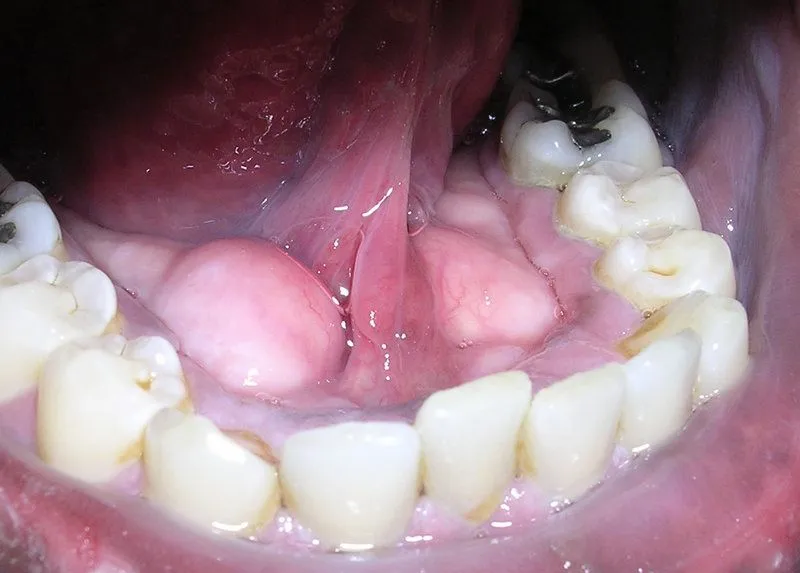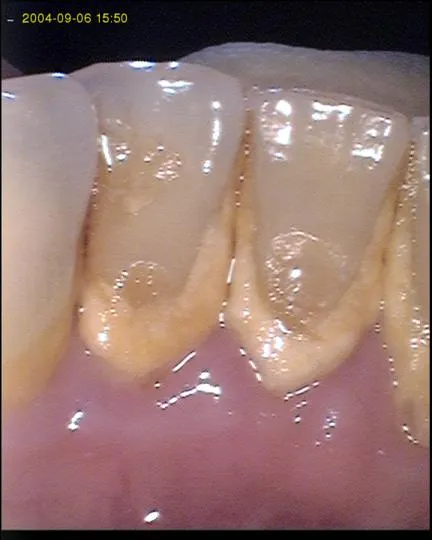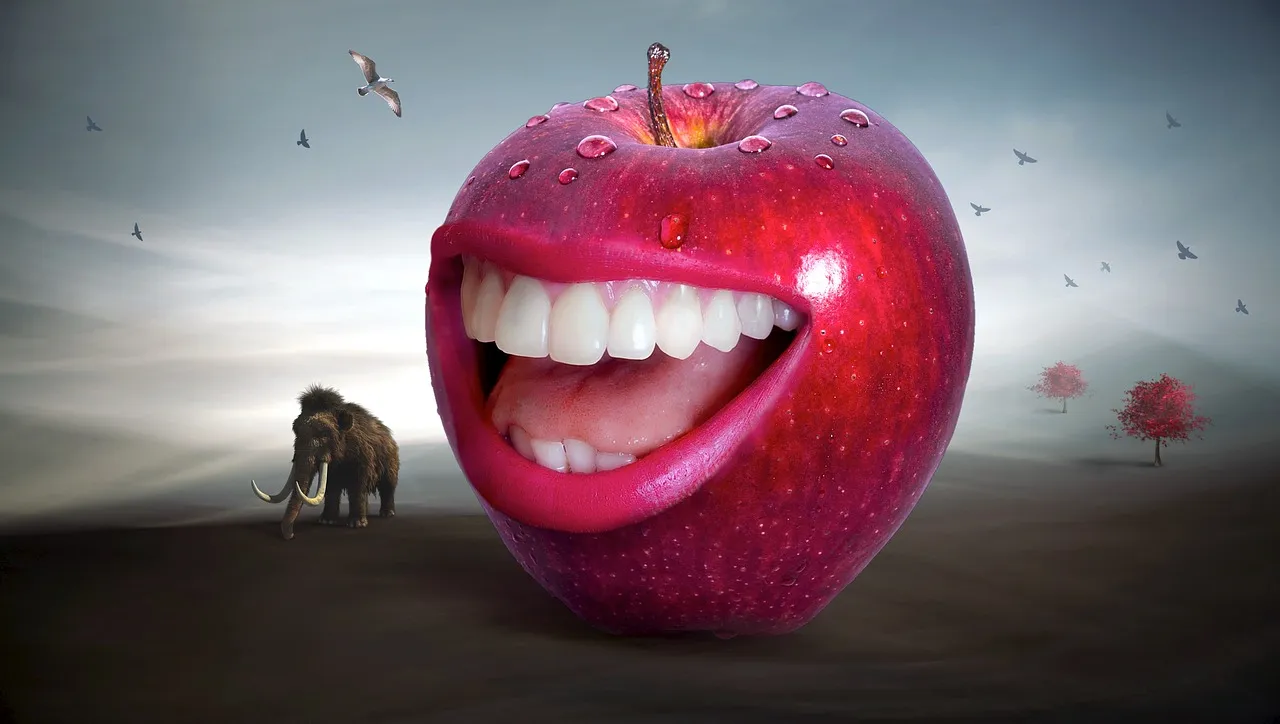 Wikipedia commons by Suyash dwivedi under CC BY-SA 3.0
Wikipedia commons by Suyash dwivedi under CC BY-SA 3.0
Good day steemians! How has your week been so far? Today, I want us to visit the microbial soldiers that protect us, we will be looking at their various protective functions as well as their pathogenicity. Talking about microbial soldiers I am referring to those non pathogenic bacteria - Normal flora in us that play the role of protecting us against external infection by other microorganisms that can cause disease. I call them 'Microbial soldiers' because they guard those areas of our body that are exposed to the environment.
https://steemitimages.com/DQmSGRzYnDe4PauPDpsFAyNrMDdZGk8uNnWuNA23QWoL4gn/1.png
Introduction
What are normal floras?
Micro organisms (organisms you cannot see without the use of a microscope 🔬) are almost always found in those areas of our body that is exposed to the outer world such as the skin, our mouth 👄, our respiratory tract and Gastrointestinal tract (GIT), these microorganisms for example bacteria are called Normal flora.
So simply put it this way, they are group of bacteria that inhabit certain part of a healthy person. They do not cause any harm as long as they are found in their usual location. Our skin and the mucous membranes always harbour different variety of these microorganisms. These normal microbial flora are classified into two groups such as
•The resident flora and
•The transient flora
The resident flora is made up of fixed types of microorganisms that are regularly found at a specific location of the human body at a given age and even if you disturb them, they quickly re-establish themselves because of the important role they play at that location . They are commensal (of a form of symbiosis in which the bacteria derives a benefit while we the humans are not really affected) and they help to maintain healthy atate of the body by forming part of the defense mechanism against infection e.g lacto bacilli which is found the vagina helps to maintain the acidity of an adult vagina by producing lactic acid that is harmful to most pathogenic bacteria. These resident flora are capable of causing disease if they are removed from their normal resident site on our body to other areas. On the other hand
The Transient flora are those that are derived from the external environment and they are present in the skin or mucous for hours, days or weeks. They may not produce disease when the resident flora are disturbed. This means that they will only cause disease in us when the resident flora have been disturbed or destroyed. When they are disturbed, they do not re-establish themselves unlike the resident floras which do.
Because of their nature of causing disease only when the resident flora have been destroyed, they produce mainly what is called opportunistic infections , an example of this bacteria is Staphylococcus aureus. This bacteria is found virtually everywhere around us.
Let's holistically study the roles these Normal flora play in our body.
https://steemitimages.com/DQmSGRzYnDe4PauPDpsFAyNrMDdZGk8uNnWuNA23QWoL4gn/1.png
Roles of Normal flora on humans
The role normal flora play is like a double-edged sword having both positive and negative side. They play a role in both the maintenance of our health and also in the causation of disease in the following ways:
First is that, they can cause disease when we are immunocompromised (when our immune system is weak to fight infection). Though they are non pathogens in their usual location, but when they are found or mistakenly introduced in other parts of our body they become pathogenic ( have the ability to cause disease).
Secondly , they make up our body defense mechanism. The ones that do not have the ability to cause infection i.e the nonpathogenic resident bacteria occupy attachments sites in the skin and mucosal and they ensure that this areas are not taken over by the pathogenic bacteria (the ones that have the ability to cause infection). They are like soldiers resisting or restraining the attack of an intruder.
note here that, when the normal flora activities are suppressed, the pathogenic bacteria organisms may invade the body and cause disease.
Lastly, they can serve as a source of nutrients. Are you surprised? Well that's the truth! Some bacteria in us especially in the large intestine produce vitamins like vitamin B12 (a vitamin that binds with intrinsic factor before its absorption into the bone marrow where it is needed for blood formation) and vitamin K (a vitamin needed for the production of clotting factors- proteins that help the blood to coagulate or clot). Vitamin K is produced in large quantity in our body by these microbial normal flora.
When a new baby 👶 is born, their intestines are usually sterile because their are no microorganisms or normal flora present yet that will produce vitamin K. Because of this, all new born babies are usually given a single intramuscular injection💉 of vitamin K as a prophylaxis against haemorrhagic disease (disease associated with the inability of blood to coagulate or clot during injury).
We usually get most of all this normal flora through the food we eat and as times goes on, they begin to to produce this vitamins. Have you ever wondered you we fart? Well the reason is simple, we fart or release gases with disgusting odour due to the action of some of the bacteria in our large intestine, as they act on the faeces in the colon (large intestine) , they produce gases with bad odour. You observe this especially when you eat proteinous foods like beans, milk etc. So when you fart, unconsciously, don't feel bad, it happens to everyone, it's something that needs to be released otherwise you won't be comfortable, the more you prevent it, the more they accumulate. I know how it feels when you finally release them into the environment .
We have so far been able to generally describe what these normal flora do. Let's discuss in details the roles of those ones found at specific region of the body
https://steemitimages.com/DQmSGRzYnDe4PauPDpsFAyNrMDdZGk8uNnWuNA23QWoL4gn/1.png
Normal flora found on the skin
Because of the skins constant exposure and contact with the environment, the skin is bound to contain transient flora. The major microorganism found on the skin are Staphylococcus epidermidis and Staphylococcus aureus. They are both non pathogenic bacteria on the skin but they can cause disease when they reach sites such as the artificial heart valves and prosthetic joints (artificial joints). S. epidermidis is found more on the surface of the skin. Obviously from its name (epidermidis) one can tell it is associated with the superficial layer of the skin.
Not all the normal flora are located superficially on the skin, some are located in the hair follicle and they mainly act as reservoir to replace the ones that are superficial after we bath or wash our 👐 hands. E.g is Propionibacterium acnes the bacteria that is involved in the pathogenesis of acne and pimples on our face. This bacteria is anaerobic (only survives when there is no oxygen), this is why they go deeper into that oily area of the skin around the sebaceous glands which produces the oil on our skin.
Body odour
Normal floras of the skin are associated with body odour. Body odour is also called bromhidrosis, osmidrosis, or ozochrotia. There is a type of sweat gland called apocrine gland (scent gland) source found in those areas of the body that are not so exposed, e.g the armpit, the ear (they produce the cerumen in the ear), the pubic and pelvic region, the sole of the feet etc. These glands secret sweat that contains a lot of protein which are broken down into amino acids by the normal flora and in the process release products with four smell on the skin. The presence of this acids on the body causes the body odour. Body odour usually becomes obvious once a child attains the age of puberty.
Formation of pimples
The sebaceous glands (the gland that produces oil on the skin) usually becomes more active when we attain puberty (the age when children start developing sexual characteristics like breast, hair in the pubic region etc) they produce more oil than normal during this period. When the pore through which this oil is secreted on the skin is blocked by dead skin cells and dirt from dust particles, it then encourages the growth of propionibacterium acnes and vulgaris acne (major cause of pimple in 80% of people source and consequently resulting to painful inflammation and swollen area on the skin. This explains why at puberty, we tend to have more pimples on our face, this continues for a while but later stops. It is advisable to always keep the face clean at all times during this period, failure to do this, the pore through which this oil is secreted might get blocked by dead skin cells or dust particles that have been stuck on the face. Once they block the pore, it gives the normal flora opportunity to grow and cause painful swelling and inflammation on the skin.
https://steemitimages.com/DQmSGRzYnDe4PauPDpsFAyNrMDdZGk8uNnWuNA23QWoL4gn/1.png
Normal flora found in the eyes (conjunctiva)
The conjunctiva is a thin transparent membrane covering our eye ball 👀 . The major and predominat normal flora found here is Corynebacterium xerosis others include S.epidermidis, and non haemolytic streptococci. This conjunctival flora are normally held in check and regulated due to the flow of tears which contains an antibacterial lysozyme ( a substance that can kill a bacteria).
https://steemitimages.com/DQmSGRzYnDe4PauPDpsFAyNrMDdZGk8uNnWuNA23QWoL4gn/1.png
Normal flora found in the Genitourinary tract
The genitourinary tract is the passage route for reproduction and urine in both male and female. In women the main normal flora found in the genital tract (vagina) is Lactobacillus acidophilus. This organism produces lactic acid as a by product after using carbohydrates especially glycogen. This lactic acid keeps the vagina acidic thereby preventing the entrance and growth of other pathogenic microorganism that are capable of causing disease.
Ladies are usually not advised to use harsh soaps or antiseptic soaps when they want to douche (a process of washing the vagina). This soaps kills and reduce the number of this normal flora thus paving way for the over-growth of Candida albicans ( a yeast that grows in the vagina). When this yeast over-grow, it leads to a vaginal disease called Candidiasis or Candida vaginitis (inflammation of the vagina due to fungi -yeast infection). This disease make the vagina discharge pus and greenish fluid that smells. The normal fluid that a lady is meant to discharge is odourles and has a whitish colour, but during this infection it is greenish and smells. It is better to wash the vagina with ordinary water than using soap all the time.
In men, the normal flora found is Staphylococcus epidermidis, this is usually found at the tip of the penis. When men urinate some of this normal flora are passed out along with the urine. This is why in the laboratory, when we do urinalysis, we most times see this bacteria normal flora. The urine naturally is meant to be sterile as long as the bladder is not infected, it is during the course of urinating that our urine is contaminated.
https://steemitimages.com/DQmSGRzYnDe4PauPDpsFAyNrMDdZGk8uNnWuNA23QWoL4gn/1.png
Normal flora of the intestines, mouth and stomach
Like I explained initially above, when we are born, our intestines are sterile (free of any bacteria or normal flora) but later on these microorganisms are introduced into our body through the food we eat. The HCL acid produced by the stomach helps to ensure that the number of microorganisms that get into the body through our mouth are kept at minimum level. Ths acid can even kill a lot of pathogenic microorganism e.g Cholera. When we take ulcer drugs like ranitidine, omeprazole, cimetidine, esomeprazole etc, they will reduce the concentration and level acid in the stomach. When the acid concentration is reduced, it automatically favours the growth of the normal flora of the stomach. The major area of the intestines where we have abundant normal flora is the large intestine or colon. These normal flora include E.coli, Enterococcus faecalis , Bacteroides faecalis.etc.
In the mouth, the major normal flora found here is Viridans streptococci. Have you ever wondered why people have dental caries (tooth decay) ?
These normal flora somehow play some role in tooth decay and mouth odour
https://steemitimages.com/DQmSGRzYnDe4PauPDpsFAyNrMDdZGk8uNnWuNA23QWoL4gn/1.png
Tooth decay (dental caries) and mouth odour
Dental caries is the disintegration/breakdown of the teeth beginning at the surface and progressing inward into the tooth tissues and gum. Caries are usually caused by oronasal floras ( normal floras of the oral cavity and nose).
The first step of tooth decay is formation of plaque on the enamel by the normal flora - Streptococcus mutans and peptostreptococci. This plaque is made up of glycogen (a carbohydrate). With the formation of this plaque, the bacteria can easily adhere, and consequently produce large amount of acids that demineralizes the enamel i.e it removes the calcium that makes the enamel very strong. Once it achieves this, then caries (tooth decay ) begins and the bacteria can then penetrate deeper into the tissues and gum supporting the teeth, this causing serious pain and inflammation
I will like you to note that most tooth decay occurs mostly at those teeth located at the back or inner part of the mouth where this bacteria are enormous in number. It occurs mostly in the premolars and the molars. View pics for better understanding. The black substance on the teeth is the plaque. source
Mouth odour (halitosis) is usually caused by the normal flora found in the mouth. They break down food particles in the mouth and in the process releases sulphur and other smelly substances. These bacteria are anaerobic (doesn't need oxygen to multiply) and they are usually located under the tongue and around the tonsils (an aggregation of lymphoid tissues). This cause of mouth odour is not only limited to bacteria in the mouth, there are other causes of mouth odour. You can read further in the reference section.
The last I want to talk about is the normal flora of the nose and respiratory tract
https://steemitimages.com/DQmSGRzYnDe4PauPDpsFAyNrMDdZGk8uNnWuNA23QWoL4gn/1.png
Normal flora of the nose and respiratory tract
The major normal flora found in the nose and respiratory tract are Corynebacterium, Staphylococcus epidermidis , Staphylococcus aureus and Streptococcus. If these normal flora especially the streptococcus mistakenly enter the mouth, it will cause disease such as tooth decay as I have explained initially. Their role in the nose and respiratory tract is also protection.
https://steemitimages.com/DQmSGRzYnDe4PauPDpsFAyNrMDdZGk8uNnWuNA23QWoL4gn/1.png
Prevention of caries, body and mouth odour
To prevent caries ensure you remove any food debris or plaque you see on your teeth by brushing them off. Reduce sugar intake ( excessive consumption of sweet and sugary items) this bacteria use this sugar to grow and multiply. The tothpaste we use normally contain fluoride, this fluoride helps to ensure increase the resistance of the enamel to the acid produced by the bacteria and in this way prevents caries. Also make sure you remove any calculus
(deposit of calcium that is whitish in colour) usually found at the base of the teeth by brushing them off to prevent adhesion of this bacteria on them. Calculus are formed when saliva is exposed or comes in contact with air, calcium content of the saliva together with food particles are deposited and solidifies on the teeth.
For mouth odour, regular brushing of teeth is advised. Always keep the mouth moisture with saliva all the time because these bacteria grow more when the mouth is dry. Saliva helps to flush and reduce their number in the mouth. Eating fruits that have fibre e.g apple
will help clear this bacteria source Brush the surface and the back of the tongue very well, this will remove any form of deposit where the bacteria is likely to act on. Avoid eating substances like garlic and onion, they contribute also to mouth odour source
Lastly, body odour becomes very obvious when adolescents attain puberty, this period, the body secrets high level of sweats containing protein that is broken into amino acids with release of products that smells. The use of deodorants which contain hight amount of acid that inhibit the growth of these bacteria will be helpful in the controlling the body odour. Try using antiperspirant (products that prevents excessive sweating) They contain Aluminum chloride which reduce the rate at which sweat is produced . Take baths regularly and always keep the armpit clean. Cut any any hair in the armpit and pubic region. The presence of hairs around these regions prevents the sweat from evaporating thus giving the bacteria time to convert the sweats to acids with smelly substances resulting to body odour.
Pimples can be prevented or reduced by wiping the face with a clean handkerchief so as to remove the excess oil and dust capable of clogging the skin pores on the face. Before you sleep, you wash your face with warm water or rather it is preferable to take your bath. Avoid the habit of squeezing or pressing against pimples that are not ripe (contains no puss) this act only helps to spread the bacteria to other site and can cause black spots after healing. Pus contains dead bacteria cells and white blood cells that have fought against the pathogens.
To sum it up, personal hygiene is very important to prevent body odour, mouth odour, and caries.
https://steemitimages.com/DQmSGRzYnDe4PauPDpsFAyNrMDdZGk8uNnWuNA23QWoL4gn/1.png
Conclusion
Normal flora indeed are soldiers of the body and play majorly a defensive role of protecting and guarding those areas of the body that are exposed to the outer environment. They can as well be regarded as opportunistic microorganisms that can cause disease if they are introduced into a different environment other than the one they are accustomed to. Nonetheless, without them, our existence would be in jeopardy as pathogens (microorganisms capable of causing disease) would have free thoroughfare through our body.
Thanks for reading
https://steemitimages.com/DQmSGRzYnDe4PauPDpsFAyNrMDdZGk8uNnWuNA23QWoL4gn/1.png
References and further reading
•tooth decay
•medical news today- pimples
•mayor clinic
•mouth odour
•medical news today- body odour
•how to get rid of mouth odour
•Review of Medical Microbiology and Immunology 9th Edition by warren Levinson. (pages 25-28)
•Jawetz, Melnick & Aldeberg's Medical Microbiology 23rd Edition, Edited by Geo. F. Brooks, Janet S. Butel and Stephen A. Morse. (pages 196-199
•Essential Haematology by A.V Hoffbrand, P.A.H. Moss, and J.E. Pettit. 5th edition (page 44-49)
https://steemitimages.com/DQmSGRzYnDe4PauPDpsFAyNrMDdZGk8uNnWuNA23QWoL4gn/1.png
If you write STEM (Science, Technology, Engineering and Mathematics) related post, consider joining #steemSTEM and on discord here. If you are from Nigeria, consider adding #stemng tag in your post. For more details on how to be a member and to also know how to use images that are free of copywrite issues, visit @steemstem. Feel free to also use the tag #air-clinic and follow @air-clinic .

Return from NORMAL MICROBIAL FLORA: their role in tooth decay (dental caries), mouth odour, body odour and pimples formation to cyprianj's Web3 Blog

